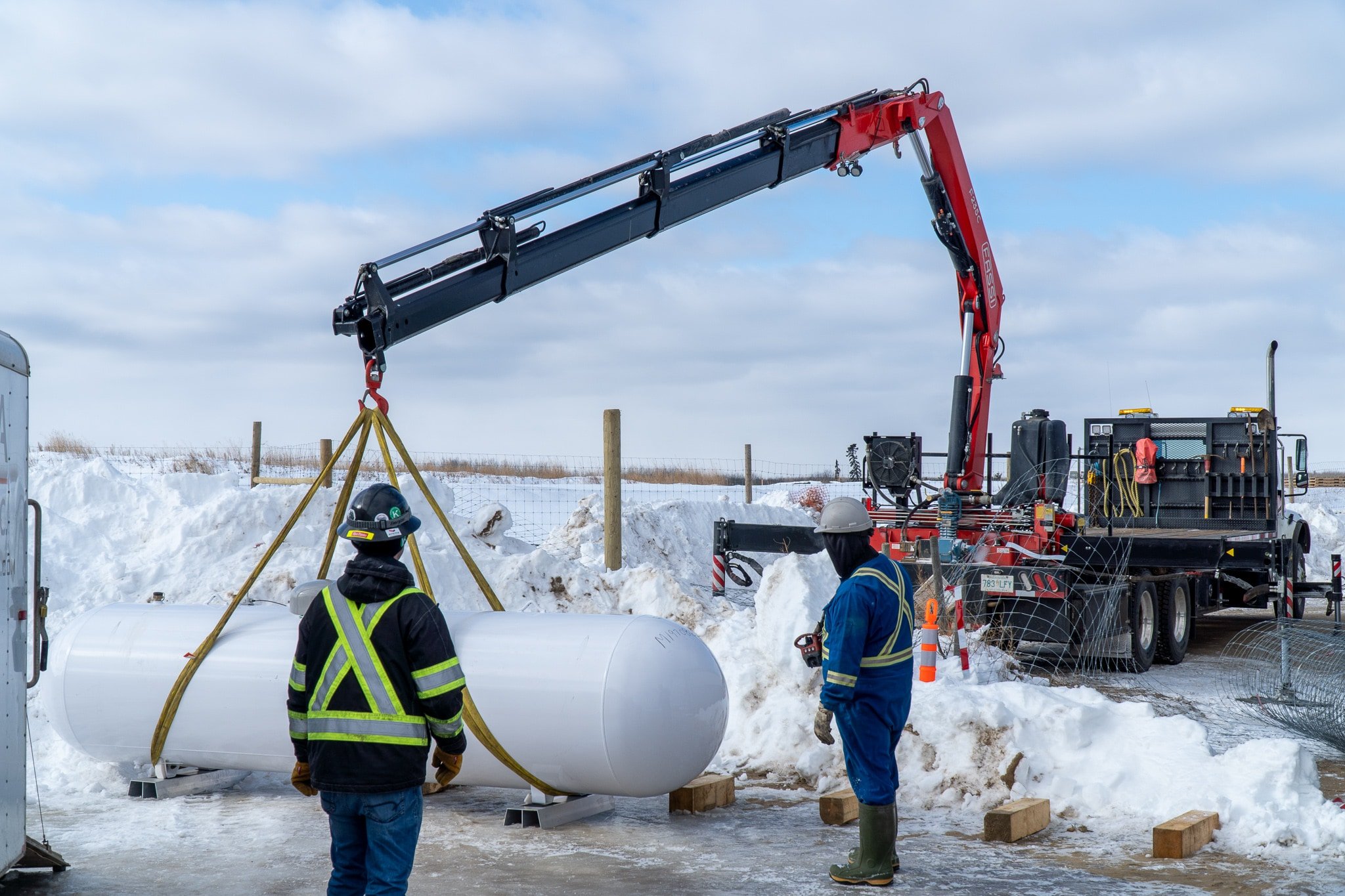The Pursuit for Zero
We live in a world where companies are selected, monitored and scrutinized based on stats that reflect our failures. "Zero's," to be exact, are sought after, and company safety goals are set to reflect this. Online prequalification companies measure and compare these to determine if you are a "safe company" that they can hire. But, is this even effective? Is this yet a good indication that your organization can effectively manage risk?
"The rub," so to speak derives from what is being measured: the lagging indicator. Total Recordable Incidents, Lost Time Incident frequency and severity, etc. The lower the statistic, the safer you are, right? Not always...
Many companies evaluate and place emphasis on promoting statistics along with their original goals of "zero" however, one could argue that the end result incentives workers and company management to suppress reporting.
Any company can have great lagging indicator statistics over some time, yet do nothing to enhance safety in the workplace. If the antecedent is "no injuries," the behaviour will be "don't report that," and the consequence will end up being a reward. This doesn't make much sense. The result of real reporting is the loss of business, the loss of bonuses, the damage to reputation, etc.
Don't get me wrong, lagging indicators are excellent when used the right way. I am pleased that we posted a "donut" for recordable injuries and fatalities, but please don't misconstrue the message.
What did the company and its workforce do to achieve that "zero"? This is what interests me the most. Known as a thought provoker, Allan Quilley once said, "just because you didn't get a ticket, doesn't mean you didn't speed on the way to work."
Should we measure our achievements based on lagging indicators and have them influence our goals? Perhaps a little, but they shouldn't be YOUR goal. I am more interested in measuring the behaviours of our workforce in action and set goals to drive the end result.
I'm an advocate of learning what inspection practices are useful, what may be redundant, what key learnings resonate, and which ones are far too repetitive. All of these things, and many more, affect our workers' morale and how they think and feel about safety. These nuances of a safety management system are what drives if we are a safe company or not. Our goals should reflect that.
As you plan your safety goals this year, try to take a critical look at what you are measuring, how it is being calculated and set targets to reflect these things. High engagement safety works. Please don't focus on the zero, focus on the inputs that drive it.




